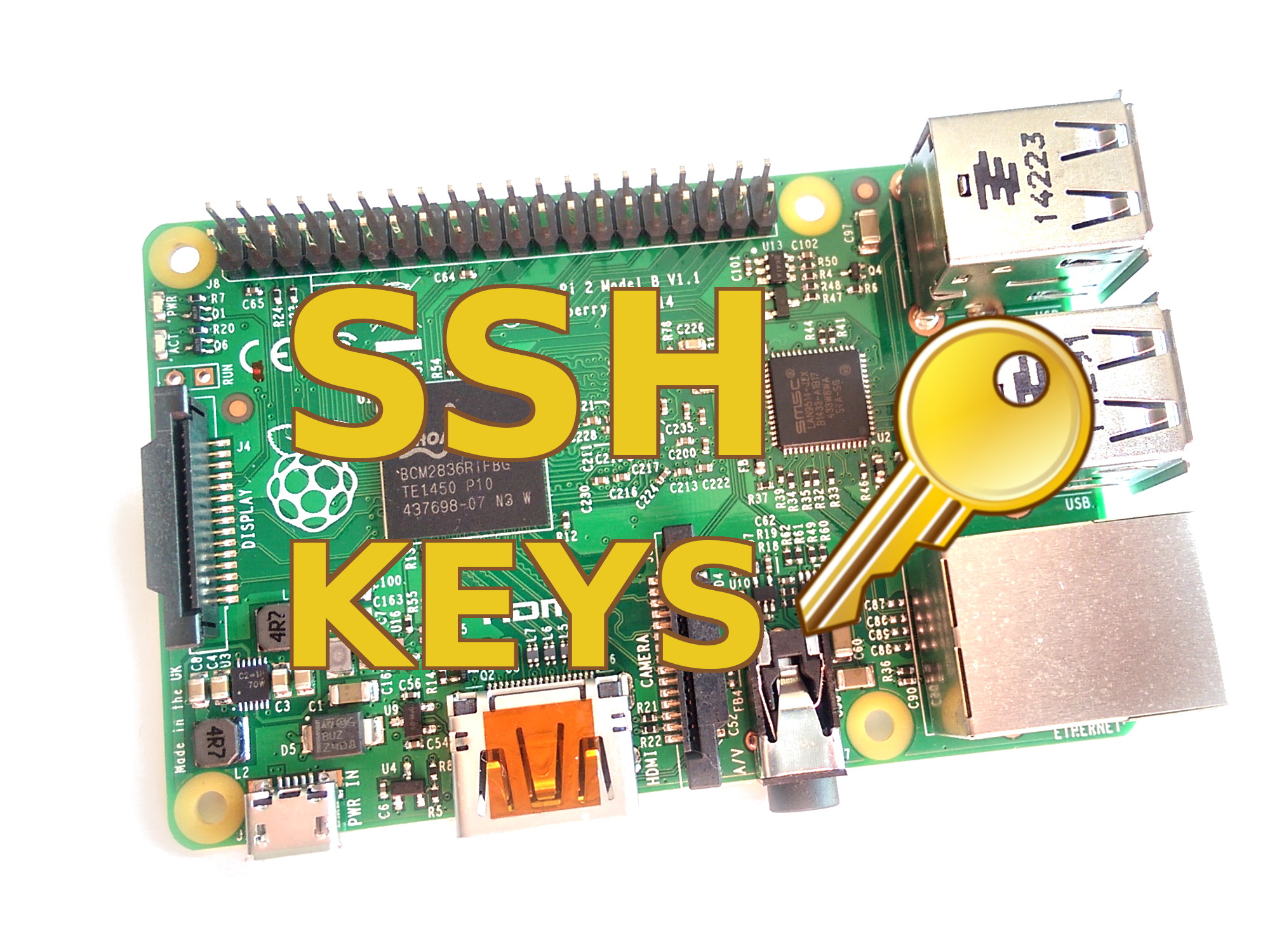Best RemoteIoT VPC SSH Raspberry Pi Free: The Ultimate Guide
RemoteIoT VPC SSH Raspberry Pi free is a powerful and cost-effective solution for managing IoT devices remotely. In today's digital age, remote management has become essential for businesses and hobbyists alike. With the rise of IoT devices, having a secure and efficient setup is more important than ever. This guide will walk you through everything you need to know about setting up a free RemoteIoT VPC SSH Raspberry Pi system.
Whether you're a tech enthusiast or a professional looking to streamline your IoT operations, this article will provide you with step-by-step instructions, tips, and best practices. By the end of this guide, you'll have a clear understanding of how to leverage the capabilities of Raspberry Pi for remote IoT management.
As technology continues to evolve, the demand for remote access and management of IoT devices grows. This guide aims to equip you with the knowledge and tools needed to create a robust remote IoT infrastructure without breaking the bank. Let's dive in!
Read also:Where Is Joe And Jill Biden A Comprehensive Guide
Table of Contents
- Introduction to RemoteIoT VPC SSH
- Raspberry Pi Overview
- Why Choose RemoteIoT VPC SSH?
- Setting Up Your Raspberry Pi
- Configuring VPC and SSH
- Securing Your RemoteIoT System
- Optimizing RemoteIoT VPC SSH Performance
- Troubleshooting Common Issues
- Advantages of Using Raspberry Pi for RemoteIoT
- Future Trends in RemoteIoT VPC SSH
- Conclusion and Call to Action
Introduction to RemoteIoT VPC SSH
RemoteIoT VPC SSH Raspberry Pi free is a cutting-edge solution that allows you to manage IoT devices remotely with ease. By leveraging Virtual Private Cloud (VPC) and Secure Shell (SSH), you can create a secure and scalable environment for your IoT projects. This setup is particularly beneficial for those looking to save costs while maintaining high performance.
What is RemoteIoT?
RemoteIoT refers to the practice of managing IoT devices from a remote location. It involves setting up a network infrastructure that allows you to access and control devices over the internet securely. This is especially useful for businesses that need to monitor and manage multiple IoT devices across different locations.
Why VPC and SSH?
Virtual Private Cloud (VPC) provides a secure and isolated environment for your IoT devices, while Secure Shell (SSH) ensures that your data is transmitted securely. Together, they form the backbone of a robust remote IoT management system. By using these technologies, you can protect your devices from unauthorized access and cyber threats.
Raspberry Pi Overview
Raspberry Pi is a small, affordable computer that has gained popularity among hobbyists and professionals alike. It is a versatile device that can be used for a wide range of applications, including remote IoT management. With its low power consumption and compact size, Raspberry Pi is an ideal choice for setting up a RemoteIoT VPC SSH system.
Key Features of Raspberry Pi
- Compact and lightweight design
- Low power consumption
- Supports multiple operating systems
- Highly customizable
- Wide range of community support
Why Choose RemoteIoT VPC SSH?
There are several reasons why RemoteIoT VPC SSH Raspberry Pi free is an excellent choice for managing IoT devices:
- Cost-effective: You can set up a remote IoT management system without incurring high costs.
- Secure: VPC and SSH provide a secure environment for your IoT devices.
- Scalable: The system can easily accommodate additional devices as your needs grow.
- Flexible: Raspberry Pi can be customized to meet the specific requirements of your IoT projects.
Setting Up Your Raspberry Pi
Before you can start using your Raspberry Pi for remote IoT management, you need to set it up properly. Follow these steps to get started:
Read also:Sarah Lamb Net Worth Unveiling The Wealth And Success Of A Renowned Ballerina
Step 1: Install the Operating System
Download the Raspberry Pi Imager tool and install the latest version of Raspberry Pi OS on your microSD card. This will serve as the operating system for your Raspberry Pi.
Step 2: Configure Wi-Fi and SSH
Enable SSH and configure Wi-Fi by creating a `wpa_supplicant.conf` file on the microSD card. This will allow you to connect your Raspberry Pi to your network and access it remotely.
Step 3: Connect to Your Raspberry Pi
Use an SSH client like PuTTY or the terminal to connect to your Raspberry Pi. You can use the default username `pi` and password `raspberry` to log in.
Configuring VPC and SSH
Once your Raspberry Pi is set up, the next step is to configure VPC and SSH. This will ensure that your IoT devices are managed securely and efficiently.
Configuring VPC
Create a Virtual Private Cloud (VPC) in your cloud provider's dashboard. This will isolate your IoT devices from the rest of the internet, providing an additional layer of security. Follow the instructions provided by your cloud provider to set up the VPC.
Configuring SSH
Secure Shell (SSH) is used to access your Raspberry Pi remotely. To enhance security, consider the following best practices:
- Change the default SSH port
- Use key-based authentication instead of passwords
- Disable root login
Securing Your RemoteIoT System
Security is a top priority when managing IoT devices remotely. To protect your system from potential threats, follow these security best practices:
- Keep your software and firmware up to date
- Use strong, unique passwords for all accounts
- Implement firewall rules to restrict access
- Monitor your system for suspicious activity
Optimizing RemoteIoT VPC SSH Performance
To ensure optimal performance of your RemoteIoT VPC SSH Raspberry Pi free system, consider the following tips:
- Optimize your network settings for low latency
- Use lightweight applications and services
- Regularly clean up unnecessary files and data
- Monitor system resources to identify bottlenecks
Troubleshooting Common Issues
Even with the best setup, issues can arise. Here are some common problems and their solutions:
- Connection issues: Check your network settings and ensure that SSH is enabled.
- Slow performance: Optimize your system settings and reduce unnecessary processes.
- Security breaches: Review your security measures and update your system regularly.
Advantages of Using Raspberry Pi for RemoteIoT
Raspberry Pi offers several advantages for remote IoT management:
- Cost-effective solution
- Highly customizable and versatile
- Low power consumption
- Wide range of community support and resources
Future Trends in RemoteIoT VPC SSH
As technology continues to evolve, the future of RemoteIoT VPC SSH looks promising. Some emerging trends include:
- Increased adoption of edge computing
- Integration with AI and machine learning
- Enhanced security measures
- More affordable and powerful hardware options
Conclusion and Call to Action
In conclusion, RemoteIoT VPC SSH Raspberry Pi free is a powerful and cost-effective solution for managing IoT devices remotely. By following the steps outlined in this guide, you can create a secure and efficient remote IoT management system. Remember to prioritize security and optimize your setup for optimal performance.
We encourage you to share your thoughts and experiences in the comments section below. If you found this article helpful, don't forget to share it with your friends and colleagues. For more insightful content, explore our other articles on IoT and technology.

